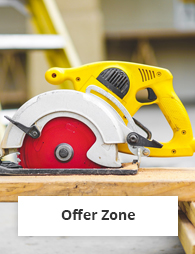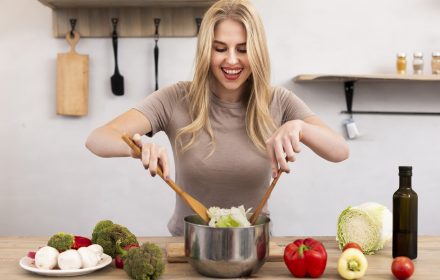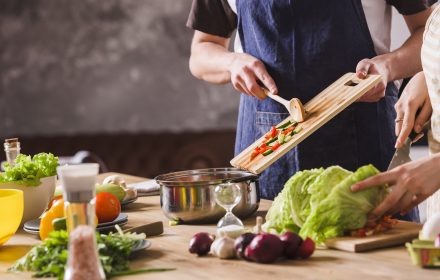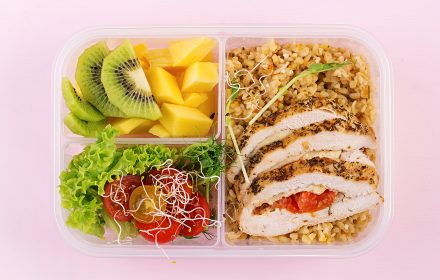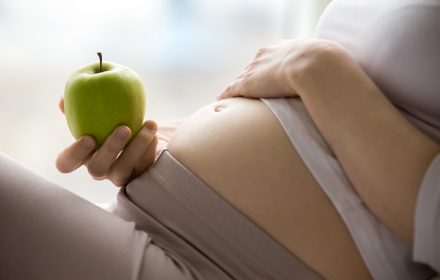One day, you look in the fridge and find that the vegetables you’ve bought not too long ago become withered or can’t even eat anymore? This is not the first time and until now, you still do not know how to preserve them as fresh as when you just bought them?
It is not difficult to find some ways to help keep vegetables and fruits fresh, but not everyone knows how to apply or is still confused when not knowing the effectiveness of such solutions. Here are 18 tips for preserving fruits and vegetables to keep them fresh for a long time, hoping to make it easier for housewives to preserve food effectively for days. The article was translated by Network Administrator from a share on the Bright Side page .
It sounds a bit weird, but actually, it would be a lot better not to wash vegetables before putting them in the fridge (or kitchen cupboard) because when you wash, they will lose their “natural protective layer” to Avoid rotting or smell. If the fruit is soiled, wipe it off with a dry cloth or paper.
Fruits and vegetables “like” the dryness
Humidity only makes them smell fast. A helpful tip to prevent this is to place a dry piece of paper inside a fruit or vegetable container. This paper helps absorb moisture and helps prevent vegetables and fruits from rotting.
Store butter properly
Unripe avocados should be placed in a thick paper bag or wrapped in a newspaper and kept at room temperature until ripe. Once ripe, place the avocado in a glossy bag and place it in the refrigerator.
Not all vegetables and fruits can be stored in the refrigerator
Bell peppers, cucumbers and tomatoes should be stored at room temperature. If left in the refrigerator, chili loses its crunchiness, while cucumbers and tomatoes can get sticky.
Vegetables should not be stored in the refrigerator until cooked. Because, they will rot very quickly.
Storing bananas properly
If bananas are placed in the refrigerator, they will quickly turn black and lose their original delicious taste. It is best to set it at room temperature but pay attention to wrap the stem of the banana with plastic wrap (food wrap).
Preserved sliced vegetables in water
For sliced, sliced vegetables like your hands or carrots, you can keep them fresh for long periods of time by placing them in the fridge. However, don’t forget to put them in jars with a little water.
Do not store vegetables and fruits at low temperatures
The lower the temperature, the harder it is to keep the fragrance and freshness of the vegetables. Therefore, if you want to help them keep the same color as when they were purchased, keep the temperature at a moderate level, not too high or not too low (not in the freezer or low temperature).
Not all fruits and vegetables can be put together
Certain fruits and vegetables emit Ethylene when they start to ripen, including bananas, apricots, melons, pears, plums, mangoes and tomatoes.
Meanwhile, some other fruits that are sensitive to Ethylene include apples, tomatoes, watermelons, potatoes, pumpkin, carrots and broccoli. If placed with these fruits (which produce Ethylene), they will quickly rot. Therefore, it is best to preserve each type separately.
Onions and potatoes should not be next to each other
If preserved onions and potatoes together, onions will sprout very quickly and are not edible.
Store onions and garlic in low light
18 tips to help preserve fresh vegetables long


